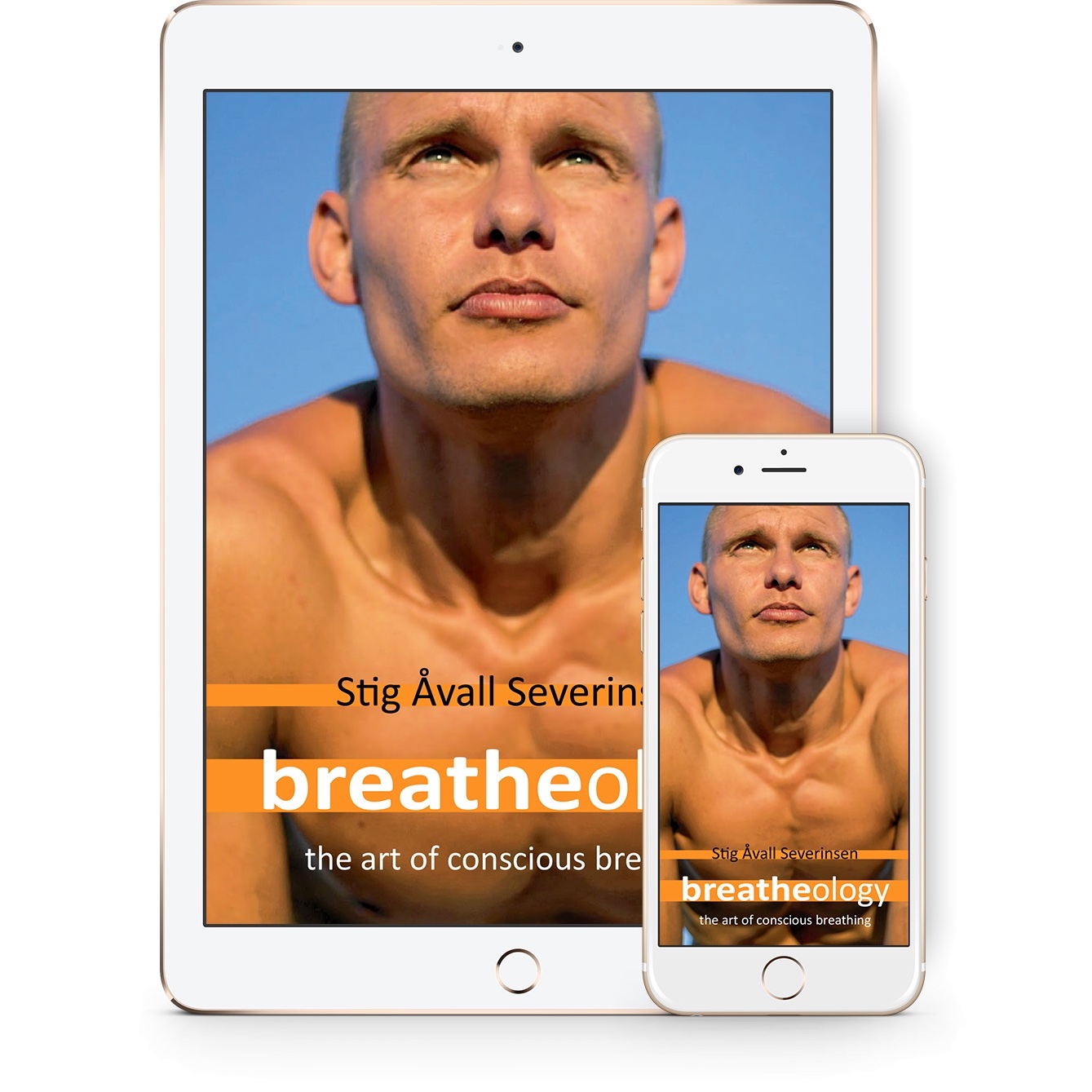Stay safe during the COVID-19 coronavirus outbreak
WHAT IS THE CORONAVIRUS?
The novel coronavirus dominates the headlines all over the world. China has put 46 million of its citizens in lockdown to prevent the disease from spreading. However, this has not prevent the COVID-19 virus from spreading to Italy, Iran, Japan and other countries.
Officially the seventh member of the coronavirus family to infect humans, COVID-19 shares many similarities with SARS-CoV, responsible for the epidemic in 2003.
For 1 of 10 people that contracted SARS the infection proved fatal. While the mortality rate from COVID-19 is not confirmed yet, it is best not to take any chances.
The flu-like symptoms of the novel coronavirus are similar to its siblings, SARS and MERS, resulting in acute respiratory failure that can be lethal for weaker patients.
WHAT IS CURRENTLY BEING DONE?
The outbreak of the COVID-19 coronavirus was to be expected. A scenario eerily similar to real life has been depicted in the Netflix series “Explained” in the episode “The Next Pandemic”.
It can take years for scientists to create a working vaccine that is safe for use. By that time, we are already looking at the next mutation of the coronavirus, making the vaccine effectively useless.
Even in the modern age, with all our technology, viruses still prove to be effective killers. Even worse, our ability to travel great distances ensures that a rare mutation can quickly become a dominant threat to the entire world population.
The bottom-line is that it is likely that at some point in your life, your body will be introduced to a coronavirus, whether it is the current variety, or a new one. The good thing is that you can take precautions to greatly improve your chances.
WHAT CAN YOU DO TO KEEP SAFE?
The 2019-nCoV virus causes pneumonia, an infection of the air sacs in one or both lungs. As the lungs fill up with pus or fluid, it becomes harder to breath and the body develops a fever.
Unlike bacterial pneumonia, which is more common, viral pneumonia has few effective treatments. The best medicine is prevention and improving your health – in particular your lungs.
You can greatly reduce the chance of catching the coronavirus by:
PREPARE BY TRAINING YOUR LUNGS
Even if you take all these precautions, you can still get hit with a coronavirus. That is why the best protection is to increase the strength and flexibility of the lungs.
Stronger and more flexible lungs helps you recover faster from pneumonia, reduces the symptoms and prevents lasting damage.
The good thing is that anyone can train to have stronger and more flexible lungs. You do not need a gym and you do not have to be young and fit. Breathing exercises can be done any time, any where.
Here are three ways how breathing exercises can strengthen your lungs:
Deep breathing
One of the biggest issues of pneumonia is that it greatly reduces your oxygen intake. Deep breathing increases the amount of oxygen as you fully fill and stretch your lung sacs.
How to perform deep breathing:
- 1. Stand or sit down
- 2. Place your hands next to you and relax
- 3. Inhale as much air as possible, starting from your belly
- 4. Hold your breath for a few seconds with full lungs
- 5. Exhale as much air as possible and empty your lungs
Practice deep breathing by doing 3-4 sets of 10 repetitions throughout the day
Breathing with resistance
Breathing with resistance is another way to increase your oxygen intake, decrease the amount of carbon dioxide in your body and increase the strength of your lungs. It is also a great exercise to combat shortness of breath, a common symptom of flu and the coronavirus.
How to perform breathing with resistance
- 1. Stand or sit down
- 2. Inhale through your nose for about 3 seconds
- 3. Purse your lips before your exhale
- 4. Exhale slowly through your pursed lips for twice the duration of your inhale
- 5. Repeat
Diaphragmatic Breathing
The diaphragm is the most important breathing muscle. Hence, if you train this muscle, you become more efficient at breathing. The way to do this is through diaphragmatic breathing, also known as belly breathing.
- 1. Lay down on your back and bend your knees
- 2. Place one of your hands on your belly and the other on your chest
- 3. Take a deep breath and inhale for about 3 seconds
- 4. Allow your belly and lower rib cage to rise
- 5. Prevent the movement of your upper chest cavity
- 6. Exhale for about 6 seconds and allow your belly to lower
- 7. Repeat
Breatheology is donating the Book on Breathing (9 languages)
In light of havoc around the world caused by the corona virus, Breatheology is donating the bestselling book on breathing. Now everybody can get access to the method and start strengthening the respiratory system and immune system.
The Breatheology book also gives you a deeper understanding of the benefits and the science and philosophy of breathing.
Each chapter in the book will show you how you can breathe more efficiently and the advantages you can gain through conscious changes in your breathing habits to increase the strength and flexibility of your lungs and increase your general health and well-being.
The book gives you step-by-step guidance and helps you build your own personal program that suits your daily life.
Breatheology
– The Art of Conscious Breathing
295 pages (eBook).
FREE
Available languages: English, German, Portuguese, Chinese, French, Spanish, Arabic, Italian, Russian.
Download Free eBook